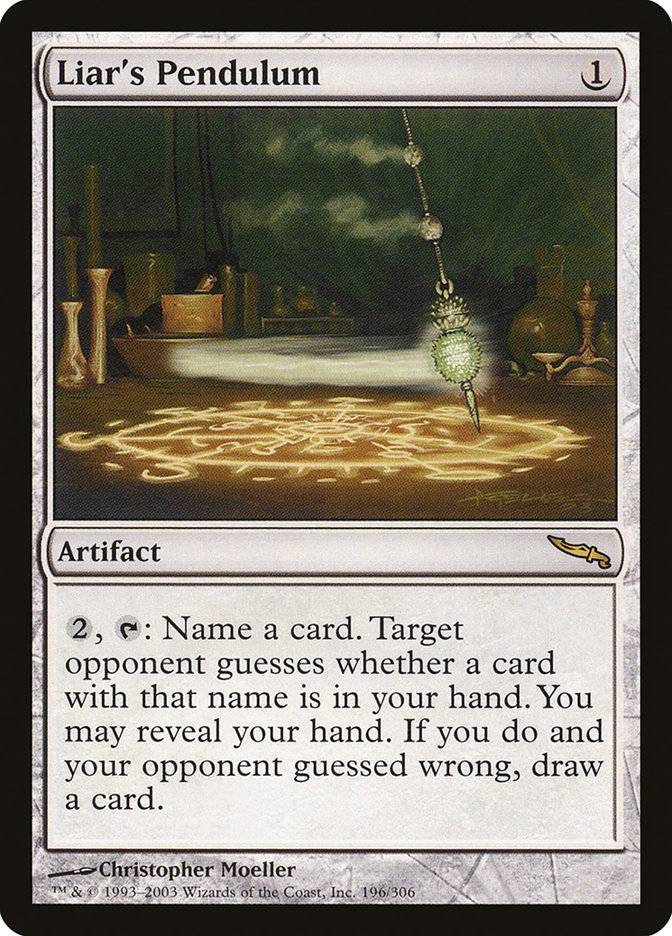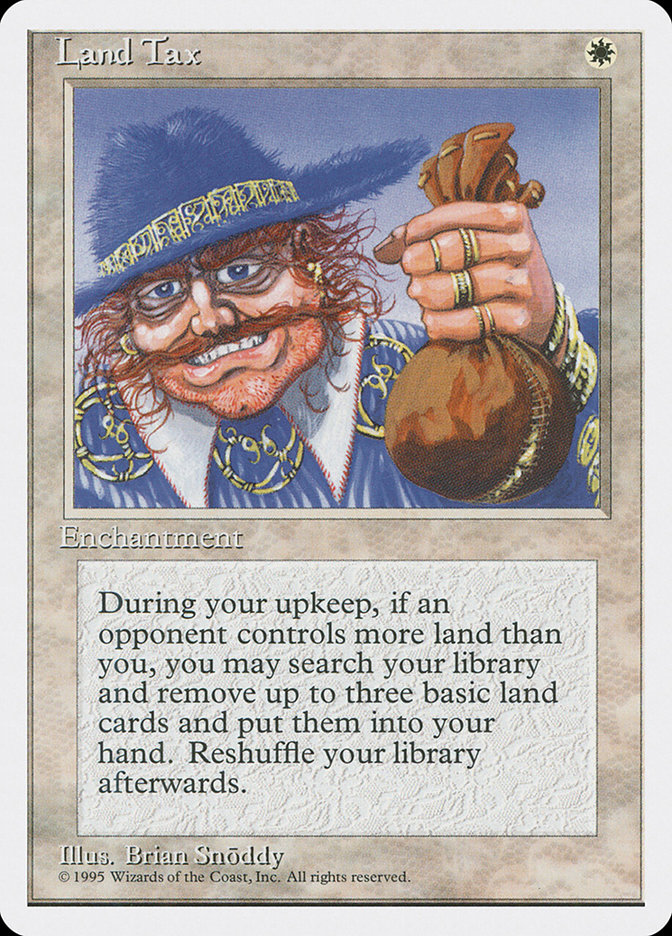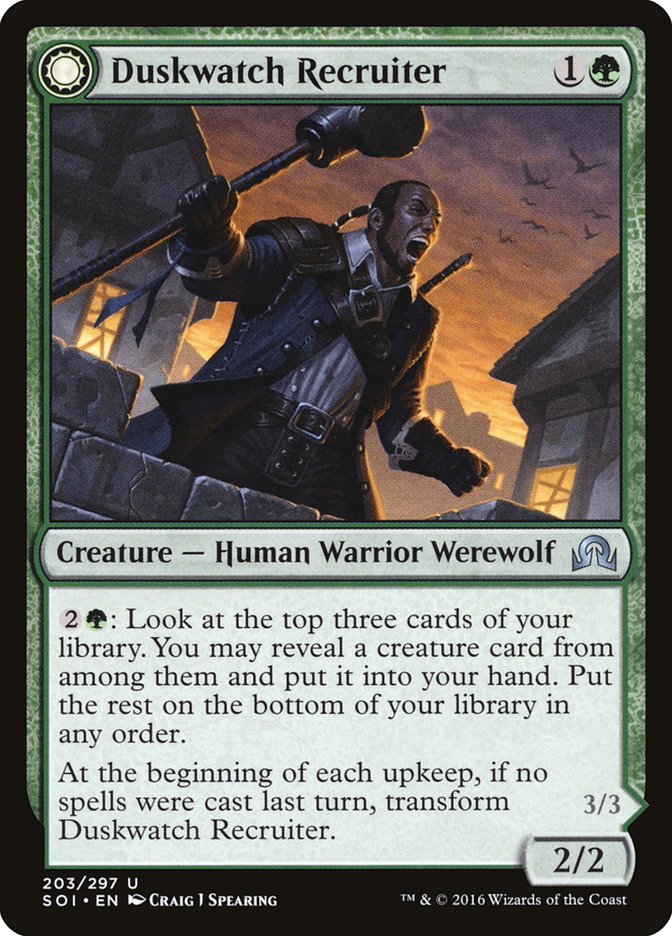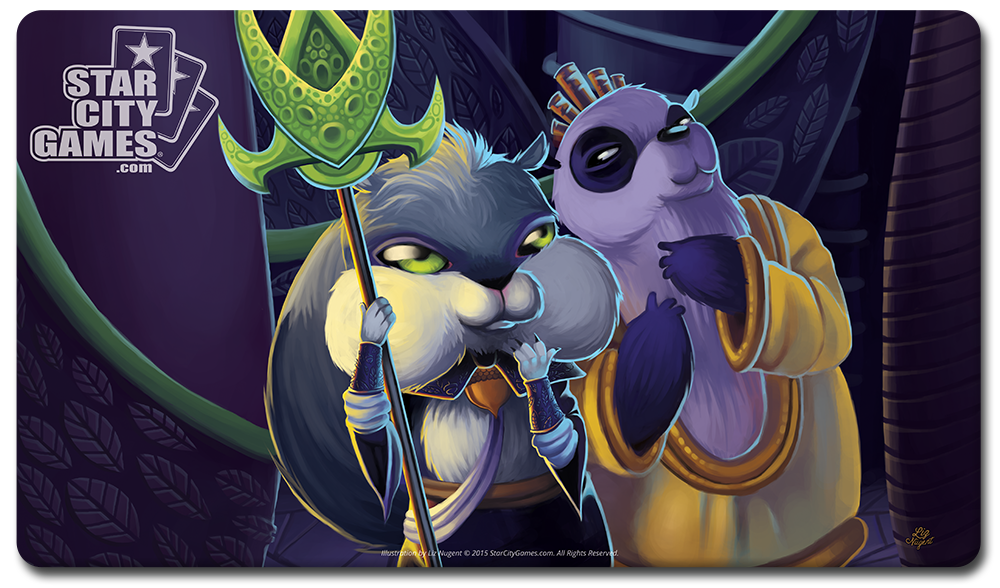When we learn how to play Magic, we tend to learn some mental shortcuts that make it easier to process and play the game. These are useful while we’re learning, but once we get more familiar with the game, some habits need to be unlearned and some shortcuts need to be questioned.
Most of these are small edges; the costs of following the shortcuts are low, which is why they could be taught as shortcuts in the first place, but if we’re trying to always find the absolute best play, unquestioned shortcuts remove options from us, and sometimes the habits are just bad. Today, I’m going to dig into some common shortcuts and reasons they might want to be reexamined.
Playing Lands
There’s a good chance that when you were taught to play, you were told to start by playing your land for the turn and then look at your hand and figure out what you could cast. This is good advice for a new player. It simplifies their turn and their counting and reduces the chances that they’ll forget to play a land entirely, which can obviously be very costly. Players quickly learn that they need to plan how they’re spending their mana before playing a land when they have lands that tap for different colors or some lands that enter the battlefield tapped.
That addresses the question of which land to play, but leaves the questions of whether and when to play a land unevaluated. Most players know about holding lands in their hands in the late-game so that their opponent doesn’t know how many spells they have, but some might take it too far.
Sometimes, when a player has no spells that cost more than five mana in their deck, they might stop playing lands once they have five or six on the battlefield and no spells in hand. If you have spells that draw cards, it’s easy to get punished for this. Maybe you spend three mana on a Divination and draw a two-mana creature and four-mana creature and you can’t do everything you want to do because too many of your lands are still in your hand.
Maybe you know that, and you only hold lands if you don’t have anything in your deck that draws cards, but maybe you draw a four-mana instant-speed removal spell that you don’t want to use, and then next turn draw a three-mana creature, cast it, and then can’t cast your removal spell, and your opponent casts something you want to kill. You can kill it on your next turn, but if you draw something else you want to cast, you’re behind unnecessarily.
In practice, when your opponent asks how many cards you have in your hand in the late-game, any answer between one and four is going to be pretty similar if you’ve stopped playing lands; you might have something they need to play around. There’s very little value to the second land in your hand for the purpose of bluffing, so if that’s what’s going on, you should probably just play your lands. Potential discard from your opponent or cards in your deck that allow you to loot also need to be taken into account. For the most part, I think people have a decent sense about this stuff.
Next is the question of when to play your lands. I have a habit of playing untapped lands at the beginning of my turn, attacking, and then playing sorcery speed spells by default. The reason I play my land first is that it represents the most options in combat, so it maximizes the difficulty of playing around everything I could do. This is a habit built from playing Limited, where combat tricks are more relevant and a wider range of them could be in your deck, but it’s not something I’d ever really questioned outside of that context.
Around a year ago, Craig Wescoe was watching me play a match with W/B Warriors, and after it was over, he asked why I played my lands before combat. I didn’t have a good answer; it was just habit. There wasn’t anything my opponent might think I was going to do in combat, so having the land on the battlefield didn’t matter. He pointed out that I was just telling my opponent that I wasn’t going to be missing a land drop. Whether they want to trade or use a removal spell can easily be informed by whether I’m going to miss a land drop, as that tells them how powerful my next threat might be and how many threats I have left.
By default, if you need to follow a script, I’d say you should play your land first in Limited and attack first in Constructed. Neither of those is anywhere near universal. In Limited, if you know the extra mana doesn’t represent anything else your opponent might play around, you might want to wait to play the land, and in Constructed, it’s not hard to imagine a spot where you want an extra potential mana available in combat.
If you have two mana and a Duskwatch Recruiter, you should probably play your third land before attacking, in case you want to use it in combat if the opponent kills it or represent a Spell Queller.
Another corner-case that came up when I was testing yesterday: I had a Westvale Abbey that I didn’t think I needed to play right away, so I cast a spell first so that my opponent wouldn’t know what else I could play that turn. My opponent responded with a Collected Company to try to find a Spell Queller, but hit Thalia, Heretic Cathar instead and destroyed me because I didn’t get the mana I was counting on, so I should have led with the Westvale Abbey. It’s a corner case, but it really serves to demonstrate how many factors affect when you play your lands when it seems like it should be simple.
(As a related aside, Thalia, Heretic Cathar creates a new incentive in the format to play other untapped lands before playing basic lands when it doesn’t matter how you sequence them for other things. This should require an adjustment in how you play, as it’s generally best to play your untapped utility lands last otherwise so that your opponent doesn’t know what your lands will be capable of. Sequencing land plays has really gotten a lot more complicated in the last two years.)
Playing Around Tricks
A lot of people think about playing around tricks incorrectly. When a player attacks into a larger creature with a smaller creature, you’ve entered a state that can be described as the attacking player bluffing the defending player–they may or may not have a trick, but they’re representing that they do by making the attack. At this point, the defending player might try to “read” the attacking player for the trick.
It’s often easy to conclude that they have it, and then it can feel like you should play around it; people reduce it to a poker-like question of whether they have the cards, but really, a large portion of the time, it doesn’t matter if they have it or not. Your play should be the same.
A huge portion of the time, it’s best to just make them use their trick rather than play around it, because then you’ll have to play around it every turn, so they’ll keep getting value from it without spending any mana and they can develop their battlefield, but if you just make them use it, they might miss a play they wanted to make to take time off to use their spell.
Sometimes a trick is devastating enough or your creature is valuable enough that it’s worth playing around, but for the most part, I think people worry way too much about playing around things and would be better served by just playing into them.
The Only Winning Move Is Not to Play
When you think through a game you played and try to find any mistakes you made, you’ll think through all the major decision points you faced, but it’s hard to look at the decisions you never made. To follow from a discussion above, if I lost because my opponent made a play because I played my land before combat and they would have made a different play otherwise, I’m not going to know that there was anything I could have done–the decision was on my opponent, so I’m not going to think of it as a decision I made, and if playing a land is automatic, I won’t question it.
One of the biggest barriers to improving is running into mistakes that you simply don’t have the tools to identify. To take another example from my own past, I was once having a conversation about Jund in Modern, and my friend mentioned the play sequence that comes up in the mirror where you don’t cast your creature on turn 2 on the draw because the opponent can untap and cast Liliana of the Veil and force you to sacrifice your creature, so it’s better to just pass with Abrupt Decay so that you can cast it after they plus a Liliana and maintain card parity (not to be confused with the StarCityGames.com Card Parody series).
I’d always thought of Jund as a deck where you just play your highest-impact card each turn, so I hadn’t really thought about just not playing a creature there. I think for most players, playing a sorcery-speed threat on-curve is a mostly automatic play; you never ask yourself whether you should do it (or you only do in the context of playing around a sweeper or something), so you don’t know to wonder if it was a mistake in hindsight. As with playing a land, the questions aren’t merely which, when, and how, but also whether, and whether is often easiest to overlook.
Planning in Advance
Another mistake that can be hard to identify and correct: the actions you take that aren’t game actions. You might lose not because of answering any of the questions above (which spell, when to cast it, what to do with it, or whether to play it) wrongly, but by doing something else. Maybe you take time thinking in a way that gives your opponent information on what you’re thinking about, which tells them what you have and what you’re considering.
If you’re playing a deck full of lands, creatures, and removal, and you’re in a late-game battlefield stall, there’s a good chance that:
If you draw a creature, you’ll cast it.
If you draw a land, you’ll pass.
If you draw a removal spell, you’ll think about your options.
Now, obviously, this can be a bluff, but in practice, it’ll often be more obvious whether it is or not than you think. In practice, there’s a good chance that pausing to think there tells your opponent a lot about what you have.
It’s relatively easy to plan in advance. If you play a lot of casual games, you’re likely in the habit of making your decisions as late as possible, once you have all the information; in the context of a casual game with friends, this is polite, and you shouldn’t slow the game down thinking about everything that could happen when you can just get all the information first and make your decision more expediently and not waste everyone’s time.
If you’re playing a competitive game, it can be worth pausing to think on your opponent’s turn. It may slow the game down a bit, but it can be important to know your plan to avoid giving away information, and well worth the time as long as you can play at a reasonable pace. In general, you should try to know what cards you have in your deck and what you’ll do if you draw each of them.
Playing Instants as Sorceries
This point is a little different from the others, in that it’s easier to catch yourself and learn from your mistakes, but it’s such a widespread problem that it’s worth repeating while we’re here. Players have a strong tendency to wait as long as they can to play their spells, since the mechanics of Magic strongly favor responding. However, it’s often correct to play instants on your own turn. In Limited, this is most often about using a removal spell that cares about a creature’s toughness on your turn so that you don’t get punished by a pump spell. In Standard, it’s mostly about playing around counterspells, something that’s likely to become a much larger part of the format in the coming months thanks to Spell Queller.
Sideboarding Guidelines
Sideboarding is complex enough that it’s hard to include a thorough discussion in an article that claims to be about the basics, but I think there are a few fundamental dynamics to keep in mind.
First, one that I make a point of often, understand that post-sideboard games play out differently from pre-sideboard games in a predictable way across formats (with some exceptions, of course). They become slower and more interactive, so plan for that. While planning for that, remember to think about what your deck’s goal is and whether that goal needs to fundamentally shift in sideboarding. Plan how sideboarding changes your overall strategy and account for that. In other words, be sure to leave yourself with a cohesive deck and not just a collection of cards. A deck needs a plan.
This ties into the idea of not over-sideboarding. When in doubt, don’t make a change. I often wonder how often players would be better off if they weren’t allowed to sideboard at all. The biggest mistake I see people make is bringing in any card they have that interacts directly with something in my deck: maybe bringing in a sweeper because I have creatures, even if I don’t have enough that that’s the best way to fight them; maybe bringing in a Clip Wings because I have a flier, even if that flier isn’t essential to my gameplan; or maybe bringing in Slaughter Games because there are good cards in my deck. All of your changes should be made in pursuit of a specific gameplan, not just to maximize cards that look good to you in the matchup.
Of course, the shortcut to all of this is to work with other players who can point out your mistakes, but barring access to other skilled players who are invested in helping you get better, it’s important to pay attention to finding spaces you may not have otherwise considered when trying to improve your game.








